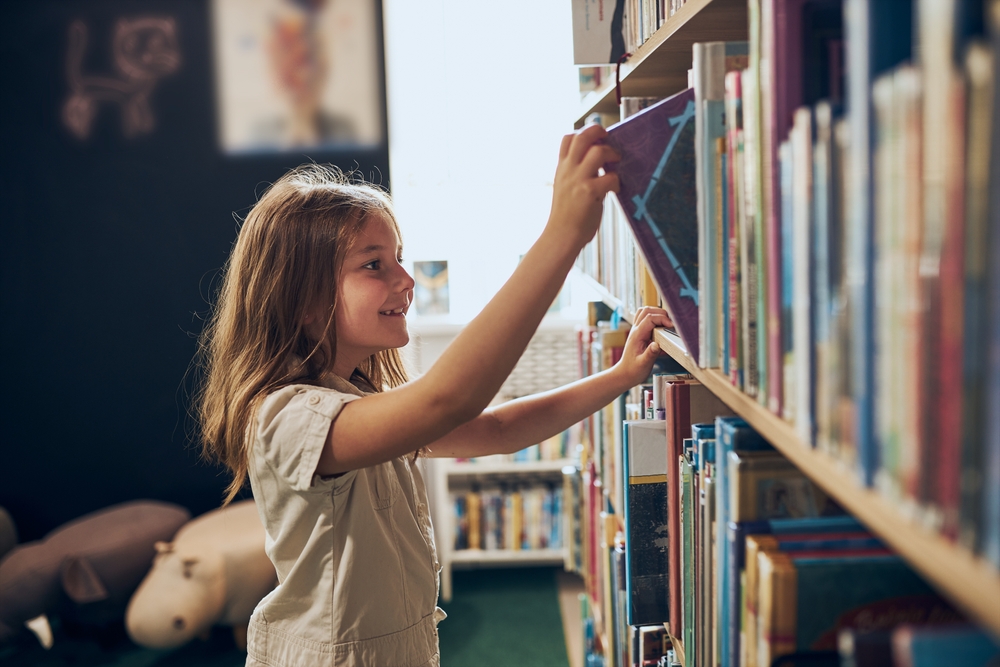Cigarettes aren’t just bad for the smoker’s health. They also lower the air quality for everyone around them and they are the world’s most littered item, with a grand total of 4.5 trillion cigarette butts making their way into our environment every year.
While the number is jarring (4,500,000,000,000!) you probably aren’t too shocked as you’ve likely seen thousands of cigarette butts lying around your neighborhood, in parks, on sidewalks, on beaches, and more. This is extremely problematic, especially around bodies of water because the fibrous fragments of cigarette filters take up to 14 years to disintegrate. If they’re left on along the coast, their toxic content slowly poisons marine life such as turtles, snails, fish, and seabirds.
Enter BeachBot, or BB for short—a mobile beach-cleaning robot that plucks cigarette buts from the sand and disposes of them in safe bins. Created by entrepreneurs Edwin Bos and Martijn Lukaart, the robot uses an AI-based detection algorithm created by TechTics, a consultancy based in The Hague, also founded by Bos and Lukaart, in collaboration with students from the Delft University of Technology.
The team used Microsoft’s Trove to teach BB how to recognize cigarettes. Trove is an application that connected AI developers with everyday people around the world who supply photos of various items to help AI identify them. According to Bos, the human-robot interaction component of their project is “the most interesting part of [their] concept… the public can help make the robots smarter.”
How does it work?
Firstly, BB was supplied with millions of photos of cigarettes so that it would be able to decide what to pick up, preventing it from damaging the environment by removing other objects such as shells.
BeachBot successfully gathered 20 cigarette butts in half an hour during its demo run in The Hague. To help it navigate, the 80-centimeter-wide robot uses two onboard cameras: one to look ahead and the other to scan the ground. Once it identifies a filter, it lowers two gripper arms which push the sand together, effectively securing it so that it can be placed in an internal bin, which is later emptied by human hands.
The robot’s “training” process also allows for further learning, so it can eventually identify other litter in the future, which is what Bos and Lukaart want BB to be able to accomplish, saying, “We start with cigarette butts. That’s the world’s most littered item… in the future, we want the robots to detect a range of other litter.”
Source Image: Carscoops












